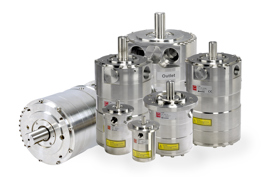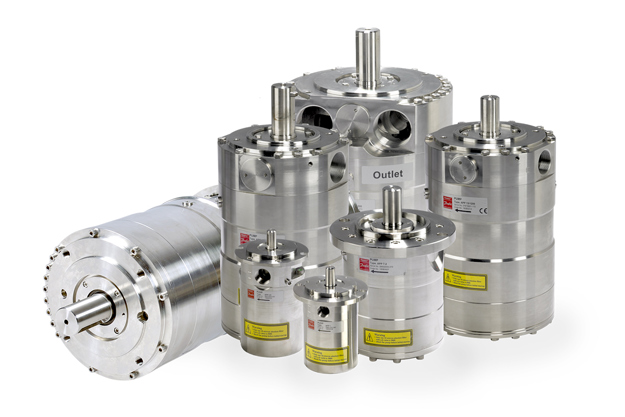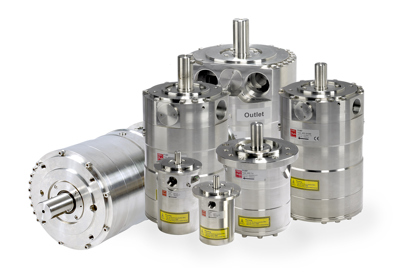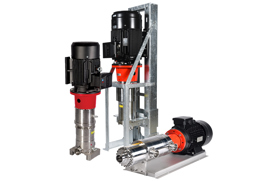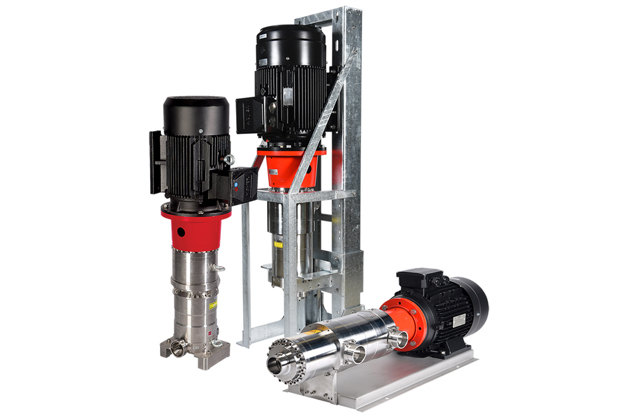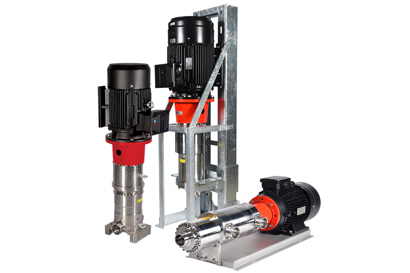Submerged deep beneath the sea below Jeju Island, at the southernmost tip of the Korean peninsula, lies an amazing treasure: a gigantic pocket of "lava water". An estimated 300,000 years in the making, the 2.7 billion tons of ancient seawater has been naturally filtered and trapped between layers of volcanic basalt – and is exceptionally pure.
Local officials keen to boost the island's economy– and diversification from dependency on tourism and agriculture – were quick to recognize the industrial potential of their aquatic cache and put a new desalination plant out to tender. Krosys, a leading Korean firm with long experience in SWRO and wastewater systems, won the tender with a plant based on Danfoss high-pressure pumps and ERDs.
Related products
-
if (isSmallPicture) {


 High-pressure pumps for reverse osmosis applications
High-pressure pumps for reverse osmosis applicationsHigh-pressure pumps for landbased, off-shore and marine reverse osmosis applications
-
if (isSmallPicture) {


 iSave® energy recovery devices for high-pressure membrane applications
iSave® energy recovery devices for high-pressure membrane applicationsThe 3-in-1 Energy Recovery Device (ERD) optimized for sea water reverse osmosis applications.




